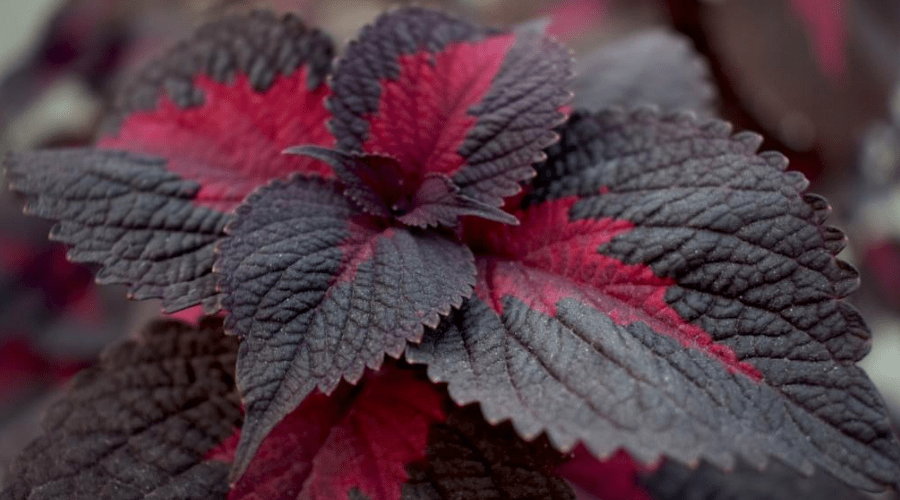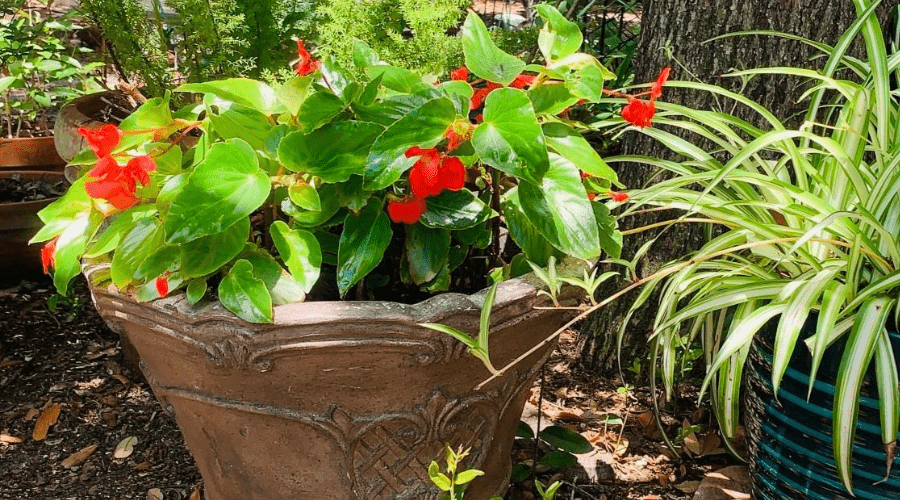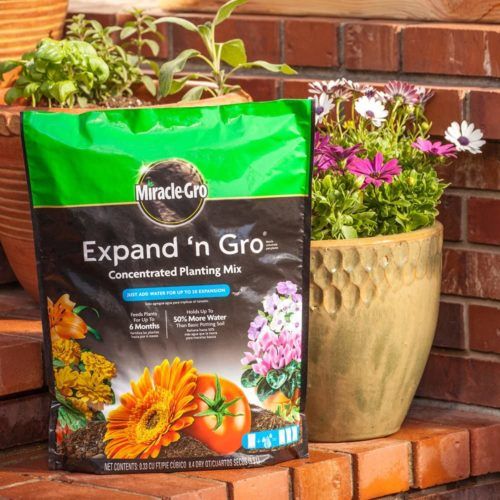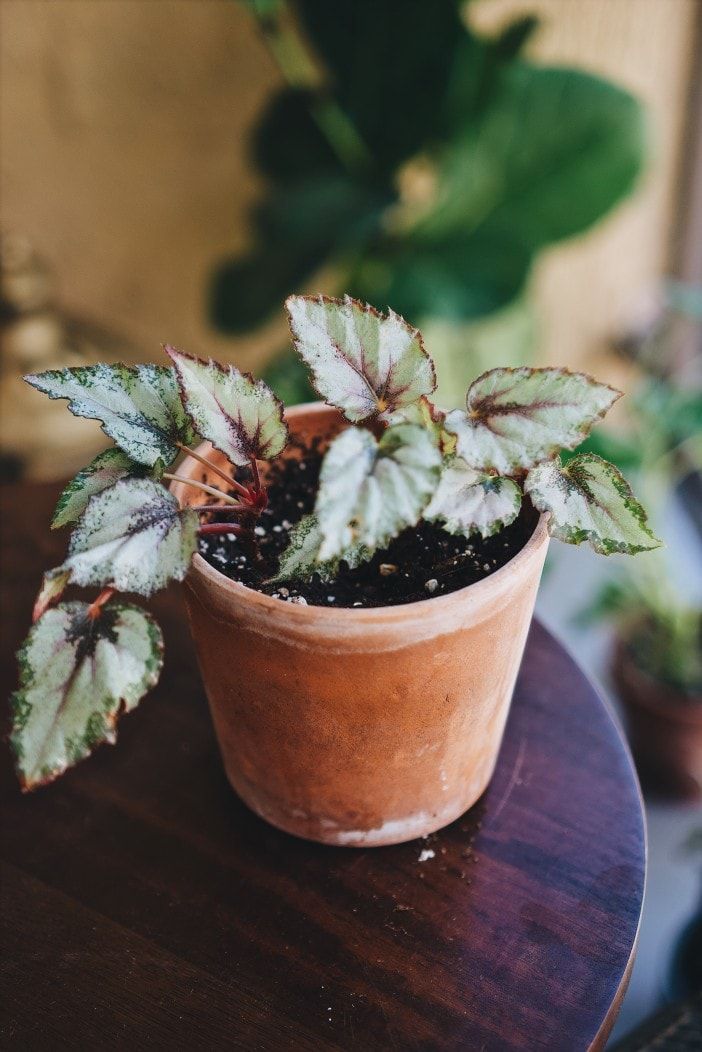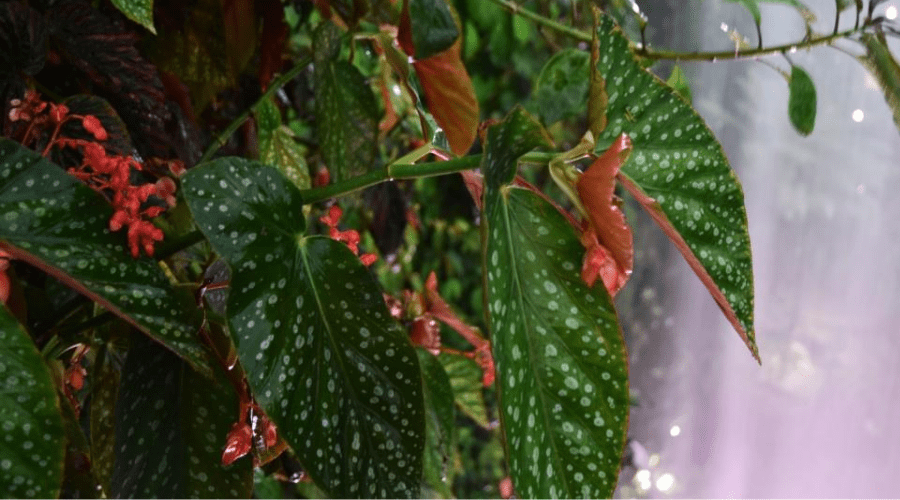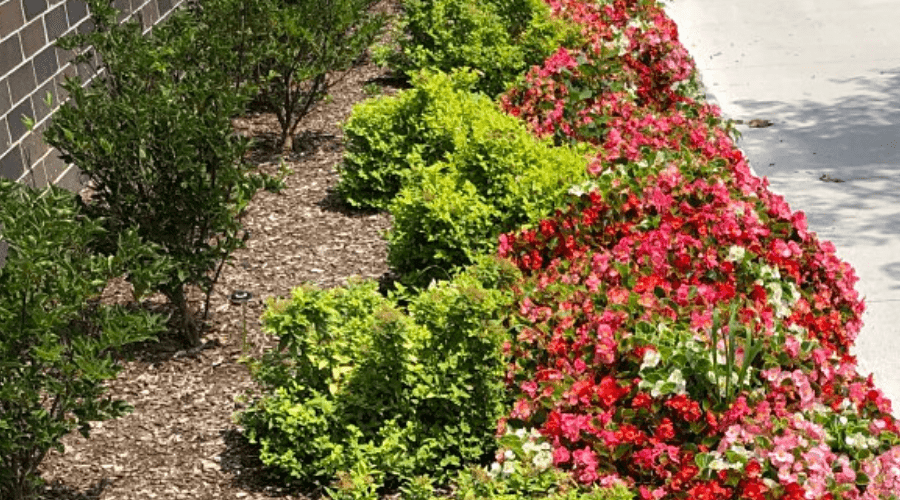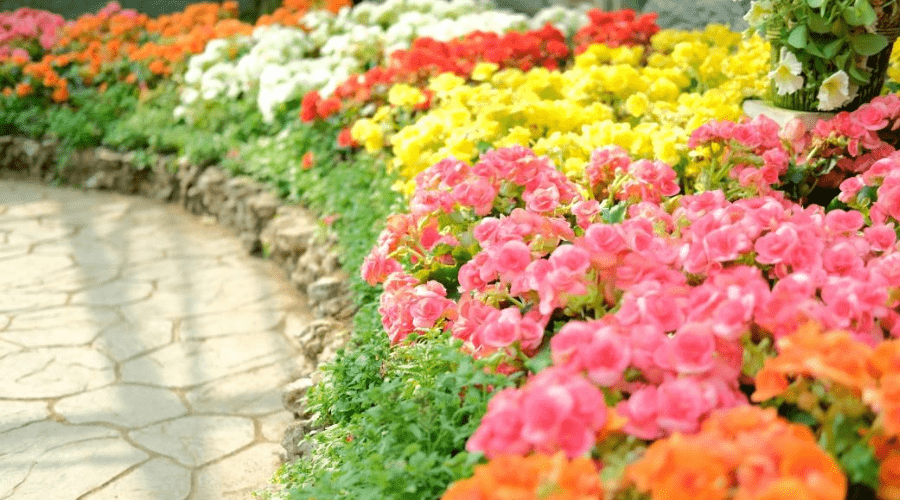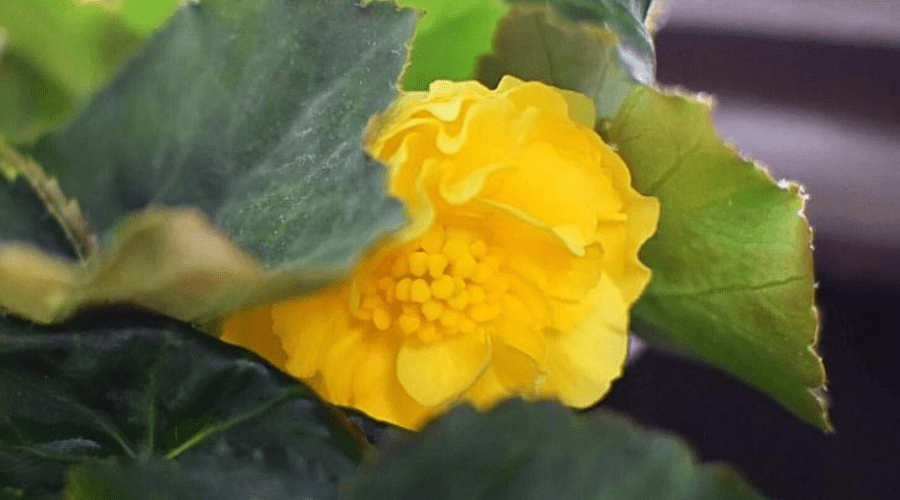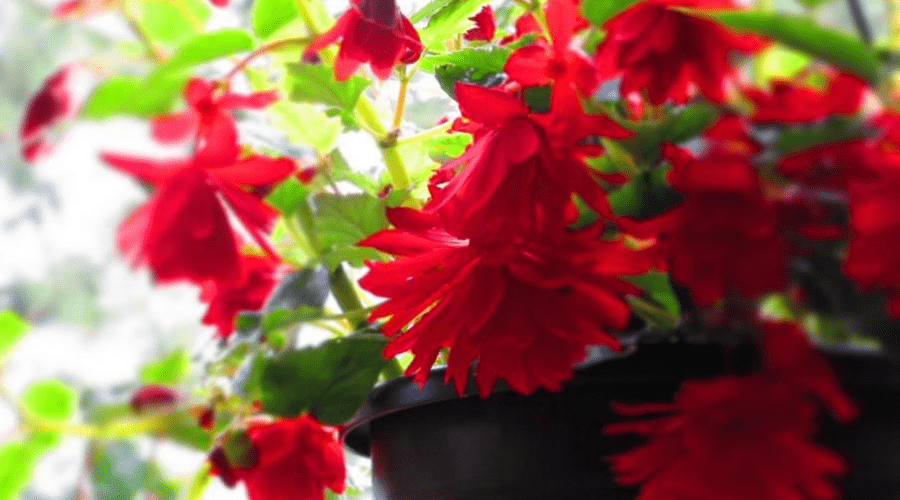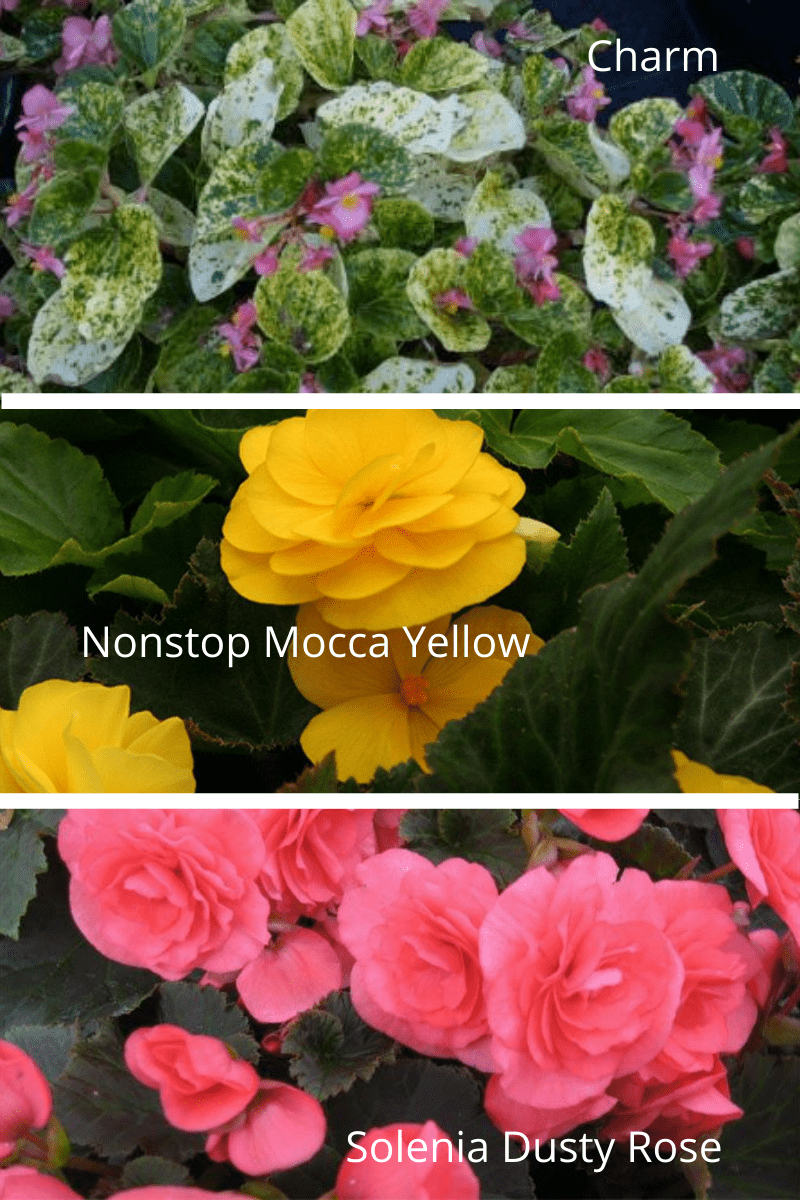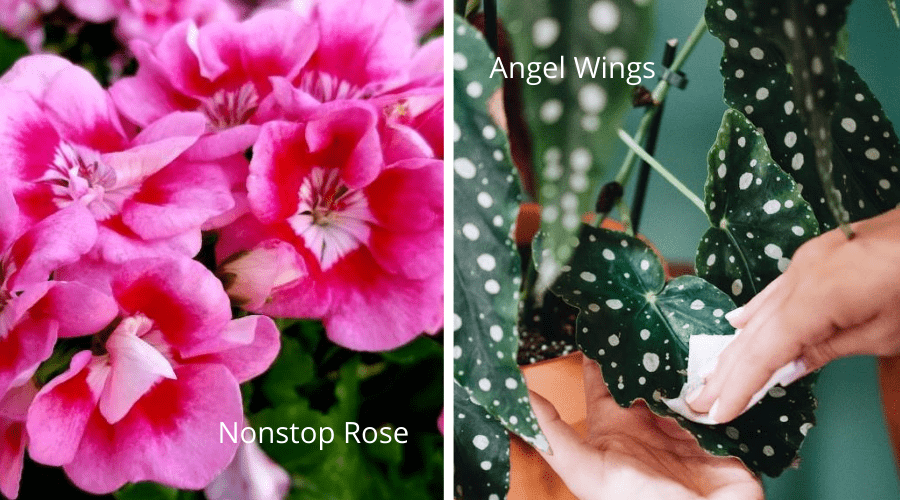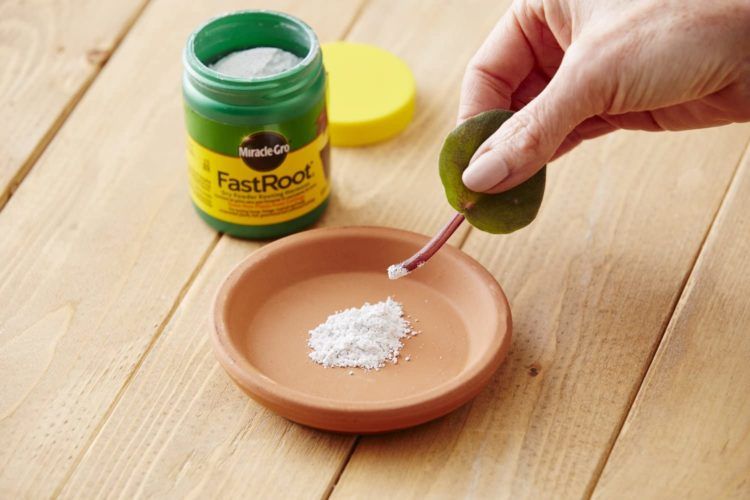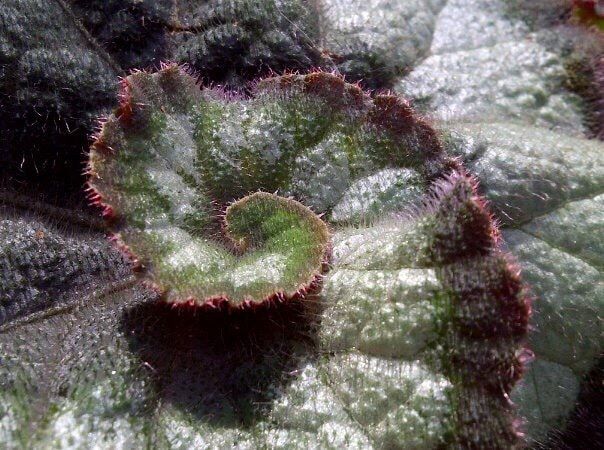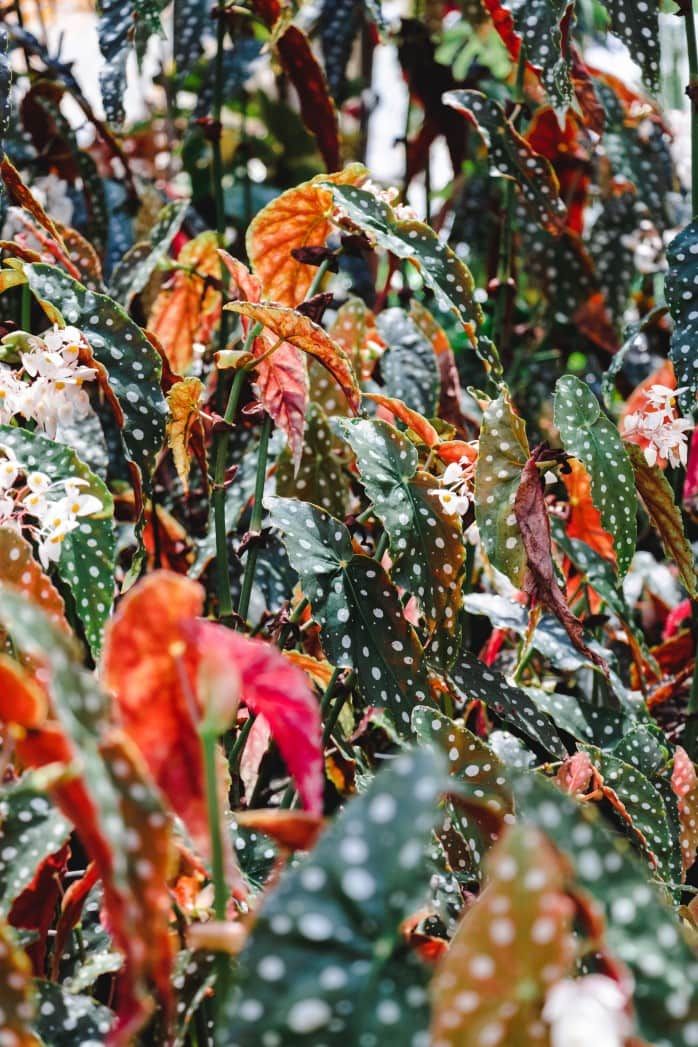Begonias are beloved by plant enthusiasts and beginner indoor gardeners alike for their wide pattern and leaf variety, exuberant blooms, easy propagation, low level of care, and gorgeous red under-foliage. There is a begonia appropriate for every level of green thumb and every space, indoor or out. We've rounded up the best info and care tips for all varieties of begonia, including light, water, and fertilizer needs; how to propagate, divide, and prune; and even the best places to buy the begonia of your dreams.
Begonia Details
Begonia
AKA: Begonia wightii, Rex begonia, "Angel Wings" and many other named cultivars
Light: Indirect, partial shade
Water: Frequently, maintain high humidity
Temperature range: 60-80° F
Height: 6 inches to 3 feet
Fertilizer:
Special care: Toxic to pets. Provide a humidity tray and/or frequent misting
Begonia Benefits
Begonias are rich in nutrients like vitamin C, oxalic acid, carbolic acid, and alkaloids which give them anti-bacterial, anti-viral, and anti-inflammatory properties. By eating begonias or making tea from dried begonias you can reap all kinds of incredible health benefits. They can soothe digestive systems, heal infections, brighten skin, and increase bone and tooth growth.
Begonia Care
You can grow these hardy flowers outdoors or indoors depending on your climate zone and personal preferences.
How to Grow Begonias Outdoors
Begonias are hardy plants so they are extremely easy to plant and grow outdoors as long as you live in one of the many USDA Plant Hardiness Zones they thrive in.
Temperature: Begonias grow well in USDA Plant Hardiness zones 3-11. However, they are sensitive to cooler temperatures under 50 F so if you are growing them in a container you may want to move them inside during the winter. If you aren’t, just take special care of them outside during the winter.
Water: You should regularly water begonias, always keeping their soil moist. However, avoid overwatering because begonias are quite sensitive to root rot. Water the soil around your begonias root system, avoiding wetting the plant’s leaves and flowers since that can lead to it contracting diseases.
Fertilizer: Begonias are not particularly heavy feeders so no need to overdo it with the fertilizer. Simply apply a controlled-release fertilizer to the soil around them a few times a year.
Light: Begonias appreciate partial shade in a spot with at least 4 hours of morning sun. They can tolerate total shade but will produce fewer blooms. Too much sun could scorch your plant’s leaves.
Miracle-Gro Expand 'n Gro Concentrated Planting Mix
Miracle-Gro Expand 'n Gro Concentrated Planting Mix grows up to 3X bigger plants than native soil and feeds up to 6 months. Whether in a planter or in a flower bed, this substrate holds up to 50% more water than basic potting soil and expands up to 3X when water is added, creating up to 90% more air space.
Soil: Begonias prefer well-drained soil. Mix in compost and peat moss for better growing results.
How to Grow Begonias Indoors
You can easily grow begonias indoors by planting them in containers. The upside of growing them indoors is that they may even bloom all year round.
Water: Allow your potted plant to slightly dry out between waterings. Begonias exposed to hotter temperatures will require more water.
Light: Your begonia should be in an eastern, western, or southern window that receives sunlight in the morning and shade in the afternoon. If your plant begins to branch out move it closer to the window because it needs more light, however, if you notice your plant is scorched move it away from the window or to one that gets less light. If you live an area without a lot of light in the winter consider getting a grow light.
Soil: Your potting soil should be able to maintain moisture without getting too soggy. Try mixing a potting mix with peat moss and vermiculite.
Humidity/ Temperature: Begonias can thrive in temperatures around 65 F - 75 F but they are not picky. They do love humidity so make sure you mist your begonia frequently or put a humidifier near it.
Containers: Your container should not be much bigger than the begonia’s root ball. Potted begonias thrive when slightly root bound, while ones with too much room can suffer from the soil holding onto too much moisture.
Begonia Types
There are over 1,800 begonia varieties! To help you decide which one you want to grow, below are the 5 types of begonias, based on their differing root structures, and 5 of the most popular and beautiful begonia varieties.
Cane Begonias
These begonias grow from straight, brittle stems and are renowned for their beautiful foliage and blooms. They feature clusters of pendant flowers and bloom numerous times throughout the year.
Shrub Type
These uncommon begonias grow from multiple stems in mounding piles. Their sizes range from small to huge.
Semperflorens
These begonias are commonly called wax begonias because their leaves look like they have a waxy film on them. They produce single or double blooms in a range of beautiful colors.
Tuberous
These begonias produce show-stopping flowers. Tuberous begonias make great trailing and upright plants.
Rhizomatous
These common begonias have thick, underground rhizomes for roots. They are known for their gorgeous, ginormous leaf shapes, and beautiful bloom colors.
Begonia Varieties
Charm Begonia
Charm begonias are full of charm with bright yellow markings on vivid green leaves in intricate, eye-catching patterns. To keep those color shades just as vibrant these begonia needs regular, partial sun exposure. With fibrous roots and waxy leaves, this a semperflorens begonia variety. Charm Begonias are compact, usually only growing to a height between 6 – 12 inches so they are perfect for indoor gardening.
Nonstop Mocca Yellow Begonias
If you live in a particularly hot climate this is a great begonia variety for you. It thrives in hot temperatures but light-wise still prefers partial sun. If you treat it right you will get to see its gorgeous golden-yellow blooms which look stunning in contrast with its dark green leaves.
Solenia Dusty Rose Begonia
This tuberous begonia hybrid has delicate, rose-colored flowers that bloom from mid-spring to mid-fall. The beauty doesn’t stop there though, this gorgeous variety also has heart-shaped, succulent leaves. Solenia Dusty Rose Begonias thrive in partial sun and are excellent for growing indoors, typically staying below a foot tall.
Nonstop Rose Begonias
Nonstop rose begonias also flourish in hot temperatures. They come in various red and pink shades, all of which elegantly accent the flower, coloring its edges and fading into a creamy white color. These romantic blooms are famous for their multi-colored flare.
Angel Wing Begonias
Angel wing begonias are one of the most popular and famous varieties. They have uniquely shaped leaves, long cane-like stems, and small pink flowers. These begonias grow extremely well outdoors and indoors with bright, filtered light.
Begonia Propagation
Love your first begonia and want more? Well, you are in luck because it’s extremely easy to propagate begonias from cuttings. Simply, take a cutting that is at least 4 inches long. To ensure you don't injure the mother plant, use clean, sharp scissors or pruners. The stems should be mature but not too old, and you should cut right beneath a leaf node.
Remove the leaves from the bottom of the stem only leaving 1 - 2 pairs near the top of it. Dip the cut end of the stem in a rooting hormone. This isn’t necessarily required, but it will really increase your chances of success in rooting your cutting before the stem gets soft and the cutting dies.
Miracle-Gro FastRoot Rooting Hormone
For rooting house, foliage, tropical and hardy ornamental plants, for use on leaf, greenwood and softwood cuttings. To use: Take plant cuttings, usually 4-to 6-inch stem cuttings, from the current year's growth, then simply dip stem cuttings into powder and plant immediately in moist soil.
Fill a small container with potting mix and make a narrow hole in the middle of it. Then, insert your cutting into the hole, cut side down. Fill in around the cutting with potting mix so that the stem is supported.
Cover the whole thing with a plastic bag, being careful not to touch the cutting. This will help the soil retain moisture. Place the container on a window sill with bright, indirect light.
In four to eight weeks, your new begonia should be ready for planting!
Begonia Pruning
Before the growing season, you are going to want to cut away all of the dead, dying, and diseased parts of your begonia to set it up for the maximum amount of growth.
In the beginning of the spring, begonias can benefit from having their stem tips trimmed. Make sure that your pruning shears are clean and sharp before starting to prevent the spread of disease.
Wait until the tips reach three to six inches in length. Then, pinch back the stems to the first or second bud from the tip. Pinching causes the begonia to create new branches at the pinched point, which will result in more leaves, stems, and flowers. By repeating this process every two or three weeks, you can make your plant bushier.
Based on your begonia variety, you may need to do more pruning. Cane begonias need extra pruning to keep them short and bushy, tuberous begonias can benefit from bud pruning to help them produce larger flowers, and trailing begonias rely on pinching to create better, bigger foliage.
Where to Buy Begonias
You can buy begonias from your local nursery or at online nurseries and plant retailers. Many online plant shops specialize in begonias, and those that don't often have several varieties as begonias are hardy and easy to grow. Vist the following shops to find the right begonia for your backyard or indoor garden:
- GrowJoy offers dozens of begonia varieties, including large shrub begonias and the hard-to-find begonia Angel Wings. Their shipping is well reviewed, and customer feedback shows their plants arriving healthy and well-packed in reasonable timeframes.
- Steve's Leaves is an online shop that specializes in begonias and other tropical plants. The founder boasts multiple unique cultivars and award-winning varieties developed in the Steve's Leaves greenhouses.
- Terra Nova Nurseries has several interesting, hard-to-find begonia varieties in stock, including the prolifically blooming DAYSTAR variety in multiple colors.
- Amazon offers a number of begonia options, from seeds to corms to live plants, but the inventory is fast-moving thanks to the company's quick shipping and refund policy.
What Begonia Growing Problems Might I Run Into?
Begonias are pretty resilient flowers but that doesn’t mean they are immune from all growing difficulties. Below are some of the common problems that you may face when caring for a begonia plant.
Buds Falling Off
If buds are dropping off of your begonia that means that you aren’t watering your plant the correct amount. Don’t allow your plant’s soil to fully dry out between waterings. Make sure that you are not leaving any standing water around it. Overwatering can be especially dangerous because it might lead to your plant developing root rot.
If water isn't the problem, sudden temperature changes are often the culprit for dropped buds and leaves. If you're growing your begonia indoors, be sure it is placed away from cold or warm drafts. If your begonias are outdoors, they may need to be covered with gardener's plastic or straw for the cooler weeks of early spring or late fall.
Spotted Flowers
If begonia flowers start to develop spots that means you are getting too much water on them. Always water your plant near its base avoiding getting its foliage and blooms wet. If you mist your indoor plants, do not moisten their blooms. You can avoid this by blocking them with your hands.
White/ Gray Film on the Leaves
Your begonia has been infected with fungus. Spray with a wettable sulfur or fungicide a couple of times a week until the film goes away. Make sure that there is ample spacing and air circulation around your plants and that they have sufficient access to light.
Are Begonias Poisonous for Pets?
Yes. The soluble calcium oxalates that begonias contain in their roots can be poisonous to pets, causing symptoms that include vomiting and excessive salivation. The problem is treatable, but the more your animals eat, and the smaller they are, the more they will be affected.
What is the Growth Rate of Begonias?
Begonias can grow fairly quickly and can reach heights that range from six inches to three feet or more, depending on the variety. After being planted it can take around three months for a begonia to bloom.
Conclusion
Now you know everything you need to know to successfully grow your own begonias! The beautiful blossoms begonias create are absolutely breath-taking. Once you start growing begonias you will definitely want to grow more, creating a blooming rainbow in your garden.
I hope you enjoyed this guide! If you did, be sure to share it and comment below with any begonia growing questions!

